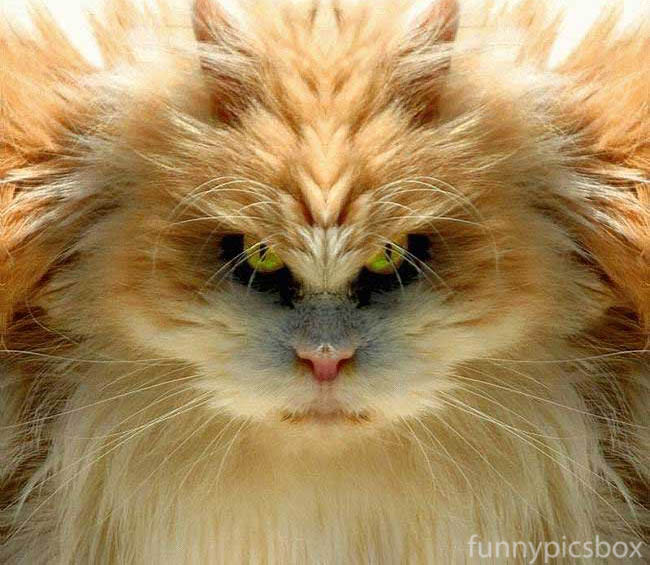
Cat litter and litter boxes play a pivotal function in the lives of both cats and their owners. From the simple starts of sand and soil to the ingenious improvements these days, the world of cat litter has developed substantially. In this thorough guide, we delve into every aspect of cat litter and litter boxes, exploring their history, types, benefits, challenges, and everything in between.
The history of cat litter dates back centuries, with ancient civilizations using sand, soil, and even ashes as primitive litter materials. However, it wasn't up until the mid-20th century that contemporary cat litter as we understand it emerged. In 1947, Edward copyright introduced the world's first industrial cat litter made from absorbent clay, reinventing the method felines relieved themselves inside your home. Considering that then, cat litter has actually gone through various changes, with the intro of clumping litter, silica gel litter, naturally degradable choices, and more.
Today, cat owners are spoiled for choice when it comes to selecting the ideal litter for their feline buddies. Standard clay litter stays popular for its cost and effectiveness in absorbing odors. Clumping litter, which forms strong clumps when wet, streamlines cleansing and maintenance. Silica gel litter, composed of extremely absorbent silica crystals, uses remarkable smell control and longevity. Biodegradable alternatives, such as recycled paper, wood pellets, corn, and wheat, interest ecologically conscious customers.
Each kind of cat litter provides distinct advantages. Clay litter excels in its capability to take in moisture and control odors, making it a reliable option for lots of cat owners. Clumping litter simplifies day-to-day scooping and extends the time in between complete litter changes. Silica gel litter supplies remarkable odor control and can last longer in between replacements. Biodegradable litters offer a sustainable alternative that minimizes ecological impact.
While cat litter enhances indoor feline health, it is not without its difficulties. Dust from clay litter can position respiratory threats for both cats and human beings, triggering the popularity of dust-free options. Some cats might establish litter box aversion due to concerns with texture, fragrance, or cleanliness, demanding experimentation with various litters and box configurations. Multi-cat households might require tactical litter box placement and regular maintenance to avoid territorial disputes and make sure all cats have access to clean centers.
Choosing the appropriate litter box is vital for promoting positive litter box practices and overall feline wellness. Factors to think about include size, availability, and design choices. Covered litter boxes provide personal privacy and help include odors, but some felines may discover them confining or daunting. Open-top litter boxes EcoFriendly Litter Boxes offer simple gain access to and exposure however may lead to more litter scatter. Automatic self-cleaning litter boxes enhance maintenance but need regular monitoring and maintenance.
Proper litter box upkeep is crucial for guaranteeing a tidy and inviting environment for both felines and their owners. Daily scooping removes waste without delay, reducing smell and discouraging litter box aversion. Routine litter replacement, typically every 1-2 weeks, prevents bacterial accumulation and maintains ideal absorbency. Extensive cleaning with moderate cleaning agent and water, avoiding severe chemicals that might deter cats from utilizing package, should be performed monthly.
Cat litter and litter boxes play a main role in promoting a healthy and unified relationship between cats and their human buddies. With a varied array of litter choices and litter cat litter box self cleaning box styles readily available, cat owners have the flexibility to customize their options to match their cats' choices and household needs. Wood Cat Litter By understanding the advancement, types, advantages, and challenges of cat litter and litter boxes, animal owners can offer their feline good friends with a comfy and hygienic indoor environment.
Comments on “The Impact of Cat Litter on Household Cleanliness”